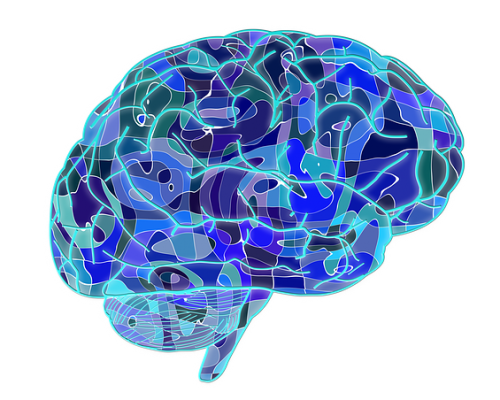Lorem ipsum dolor sit amet, consectetur adipiscing elit. Ut elit tellus, luctus nec ullamcorper mattis, pulvinar dapibus leo.
Neat to know ~ Feature of the week
Lorem ipsum dolor sit amet, consectetur adipiscing elit. Ut elit tellus, luctus nec ullamcorper mattis, pulvinar dapibus leo.
Are thoughts enough to control a computer?
Australian researchers show the possibilities of a staggering new technology

Image: Gerd Altmann
2020-10-29
Imagine being able to write an email, not by typing on a keyboard or tapping on a screen, but simply by thinking the words.
Far-fetched? Far from it. Researchers in Australia are developing a technology that allows people to manipulate computers using only their minds.
Brain Power
Scientists at the University of Melbourne in Australia, along with researchers at The Royal Melbourne Hospital, the Florey Institute, Monash University, and at the company, Synchron, have conducted trials of a new technology that allows people who cannot move their hands, to use computers, simply with the power of their minds. It is a whole new kind of interface between humans and computers, that allows the brain to interact directly with the computing device.
Bluetooth out of the brain
The results of a clinical trial conducted in Australia were recently published in the Journal of NeuroInterventional Surgery. In the trial, a tiny metal coil, called a stent, was implanted in the brain of each test subject, specifically, in the motor cortex, which is the part of the brain that controls voluntary movement. The procedure was done without open brain surgery. Instead, the little device was delivered to the brain through blood vessels and, as explained by Associate Professor Thomas Oxley of Melbourne University, was eventually “…absorbed into the blood vessel walls, just as a tattoo is absorbed into the skin.”
The stent’s job is to receive the thoughts of the person in the form of electrical impulses. These are sent as signals to a kind of antenna that is placed inside the person’s chest, just under the skin. This antenna in turn sends the signals on to a receiver that is placed directly over it on the outside of the chest. This receiver is connected to the computer, and the actions that were initially thought about by the person, are carried out by the computer.
The individuals taking part in the trial needed three months to learn how to independently use the technology.
For people with paralysis, this is life-changing.
Two men who suffer from paralysis in their hands and arms, were given the implants in this first clinical trial. Both have been able to master the use of the technology and to use computers once again. This has given them a new-found independence and the possibility to accomplish tasks that they thought would be out of reach forever. Now they are able to text, email, shop and bank online, and browse the internet, all with simply the power of thought.
The significance of this development in brain-computer interface technology can hardly be overstated. It opens up the possibility for millions of people with paralysis to have greater independence in their lives.
Mini glossary
- interface – the place at which independent and often unrelated systems meet and act on or communicate with each other.
- clinical trial – a scientifically controlled study of the safety and effectiveness of a therapeutic agent (such as a vaccine, or in this case, an implant) using consenting human subjects.
- paralysis – complete or partial loss of function especially when involving the motion or sensation in a part of the body.
Source: Margo, Jill, afr.com, “Australian Breakthrough Allows Bluetooth from the Brain,” https://www.afr.com/technology/australian-breakthrough-allows-bluetooth-from-the-brain-20201028-p569ci#:~:text=An%20Australian%20breakthrough%20in%20the,using%20their%20minds%20and%20Bluetooth, October 28, 2020;